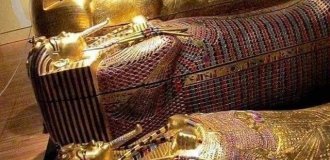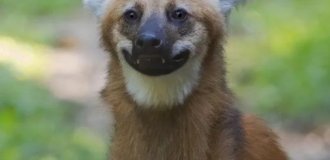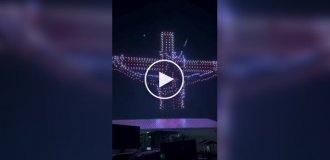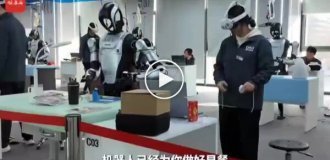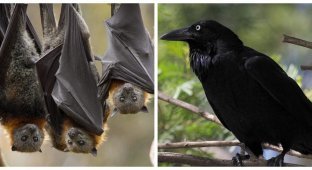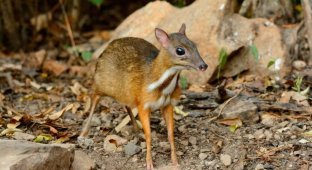What's So Interesting About the Mysterious Blue-Blooded Sea Beast (4 photos)
By the way, they are the most ancient and unusual living creatures on Earth. Let's find out about the strange relics that have survived to this day. 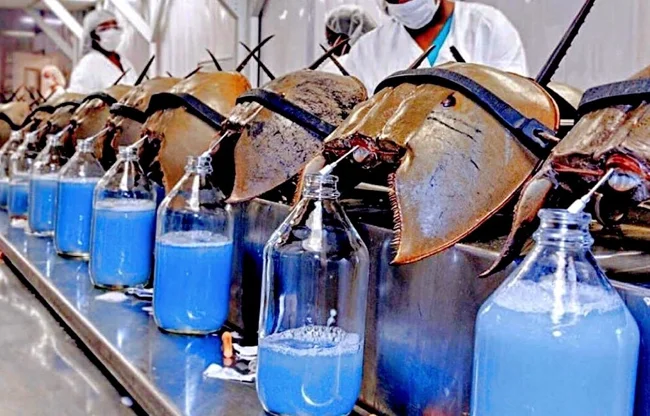
When did the creatures first appear
Unique creatures are practically living fossils. They first appeared on the planet 400,000,000 years ago, along with centipedes and bony fish. What a twist! Over such a huge period, their neighbors have evolved significantly, which cannot be said about horseshoe crabs. Over millions of years, they have remained virtually unchanged and still crawl along the seabed.
Their close relatives, as strange as it may sound, are arachnids. Outwardly, they are not at all similar, you will say. Yes, it is. Spiders have undergone enormous changes over a long period of time, because nature has specifically upgraded them! But for some reason, our main characters are not there. 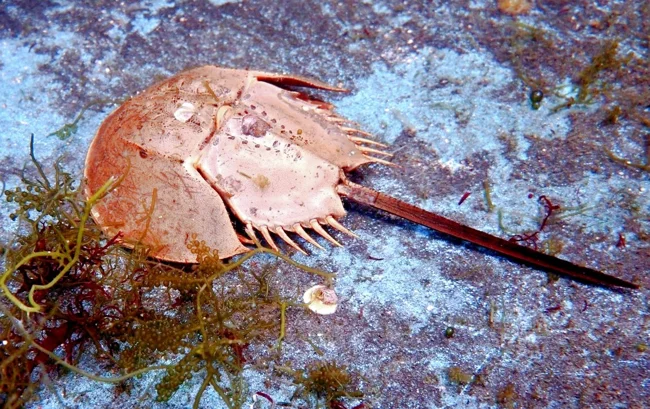
Who are you, a strange beast?
The horseshoe crab has an abdomen, a head, and paws - such a standard set! "First paws" serve as a good means of obtaining worms or mollusks living in the depths of the bottom sand. The other two pairs are used for reproduction, and the rest, together with the gills, serve as lungs.
The eyes of the sea creature have clearly failed. Even though it has several of them, the function of the eyes is limited and poor. In the distance, they can only see blurred shadows, and only very close do horseshoe crabs see all objects well. This determines their "hangout" in the sunlit shallow water.
Most often, the heroes of the article go to a depth of up to 35 meters. True, they do not complain, since the shallow water is teeming with various "goodies". Take it and eat it! There is only one minus for them - they can easily be caught by people-people. Residents of the south and east of Asia catch "swordtails", like we fish, and eat them for dinner. In the United States of America, they do not dare to eat such creatures, but they catch them to drain their “diamond” blood and then release them into the wild.
Most horseshoe crabs live in the waters of the Asian coast. A smaller part of them lives in the Atlantic Ocean near the north of America. 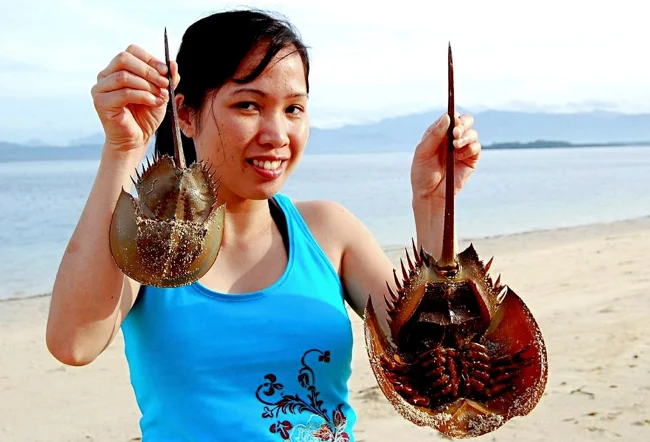
Why the blood of a sea animal is as valuable as a diamond
“I will shine for others, even if I burn myself” - this phrase suits horseshoe crabs perfectly. The blood of these aquatic inhabitants can save the lives of many people. The price of the blue substance is about 10 thousand dollars per 1 liter. Not bad, comrades!
The blood looks like a bright cocktail "Blue Lagoon" bought in a bar in an exotic country. There is not a drop of red, scarlet or pink in it. In human blood, the iron contained in hemoglobin oxidizes, which is where the red and scarlet color appears. The blood of the horseshoe crab consists of copper, as well as a protein like hemoglobin. Just don't think that the blue liquid is needed to extract copper from it. This is not true.
The substance is called "diamond" because of the valuable protein - coagulogen. It is interesting because when the blood comes into contact with toxins or bacteria, the protein coagulates, hiding all the poisonous "nastiness" inside. It is thanks to such tricks that the heroes of the story are absolutely not susceptible to infections! Therefore, it is not surprising that humans have taken advantage of the healing properties. 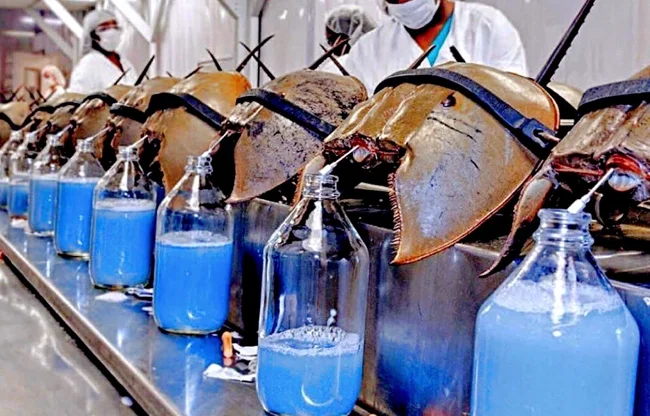
The collection process
Testing laboratory equipment, operating rooms and medical instruments with coagulogens is faster than with other synthetic substances. This is what has helped many in need get to the operating table much faster and avoid dire consequences.
However, this is harmful to horseshoe crabs, since at least 30% of their blue blood is drained. Because of this, many individuals miss the mating season, which affects the population. There are also weak "guinea pigs" who even die after the procedure. The good news is that the first nurseries for marine donors have recently appeared, which will help preserve their numbers and bring additional benefits to humanity.
